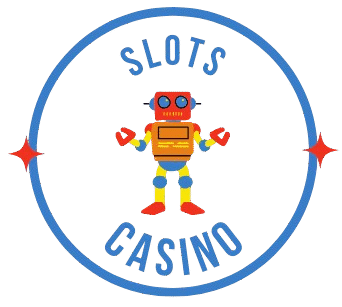Gaming has gone through a momentous development throughout the long term, progressing from straightforward pixelated designs and fundamental interactivity to vivid virtual encounters that push the limits of innovation and inventiveness. This article investigates the multi-layered nature of gaming, its social importance, and the elements driving its continuous development.
At its center, gaming is tied in with giving amusement and commitment, offering players the amazing chance to escape into fantastical universes, challenge their abilities, and associate with others. From the beginning of arcade works of art like “Pac-Man” and “Space Intruders” to current blockbusters like “The Remainder of Us Part II” and “Cyberpunk 2077,” gaming has consistently developed to fulfill the needs of players and the abilities of innovation.
Mechanical headways have been a main impetus behind the mulia77 login development of gaming, empowering designers to make progressively practical and vivid encounters. From the presentation of 3D illustrations and movement catch to the improvement of computer generated reality (VR) and expanded reality (AR) innovation, gaming has consistently pushed the limits of what is conceivable. Games like “The Legend of Zelda: Breath of Nature” and “Half-Life: Alyx” exhibit the capability of VR to ship players to new universes and deal phenomenal degrees of inundation.
Besides, gaming has turned into a social peculiarity, impacting and reflecting cultural patterns, values, and stories. Games frequently act as a mirror that mirrors the expectations, fears, and goals of their makers and players, tending to complex subjects and issues in manners that resound with crowds. From investigating subjects of character and civil rights to giving dreamer dreams and adrenaline-siphoning activity, gaming offers something for everybody.
Notwithstanding its social effect, gaming has likewise turned into a social encounter, uniting a large number of players from around the world in shared virtual spaces. Online multiplayer games like “Fortnite,” “Class of Legends,” and “Among Us” give valuable open doors to cooperation, contest, and socialization, encouraging fellowships and networks that rise above geological limits. Gaming people group on stages like Jerk and Conflict offer spaces for players to associate, share encounters, and participate in conversations about their #1 games and themes.
Besides, gaming has arisen as a type of creative articulation, with engineers investigating a great many sorts, styles, and topics. Non mainstream games, specifically, have earned respect for their development, innovativeness, and ability to investigate groundbreaking thoughts. Games like “Undertale,” “Celeste,” and “Empty Knight” have procured basic praise for their exceptional ongoing interaction mechanics, convincing stories, and unmistakable craftsmanship styles, demonstrating that gaming can be a strong mode for narrating and self-articulation.
In spite of its numerous positive perspectives, gaming additionally faces difficulties, including issues of portrayal, availability, and poisonousness. It’s fundamental for designers, players, and industry partners to address these difficulties dependably and cooperatively to guarantee that gaming stays a positive and comprehensive experience for all.
All in all, gaming has developed into a dynamic and diverse medium that envelops diversion, culture, innovation, and workmanship. As innovation proceeds to progress and cultural perspectives toward gaming advance, the opportunities for gaming are boundless, promising much more vivid, connecting with, and groundbreaking encounters from here on out.…
